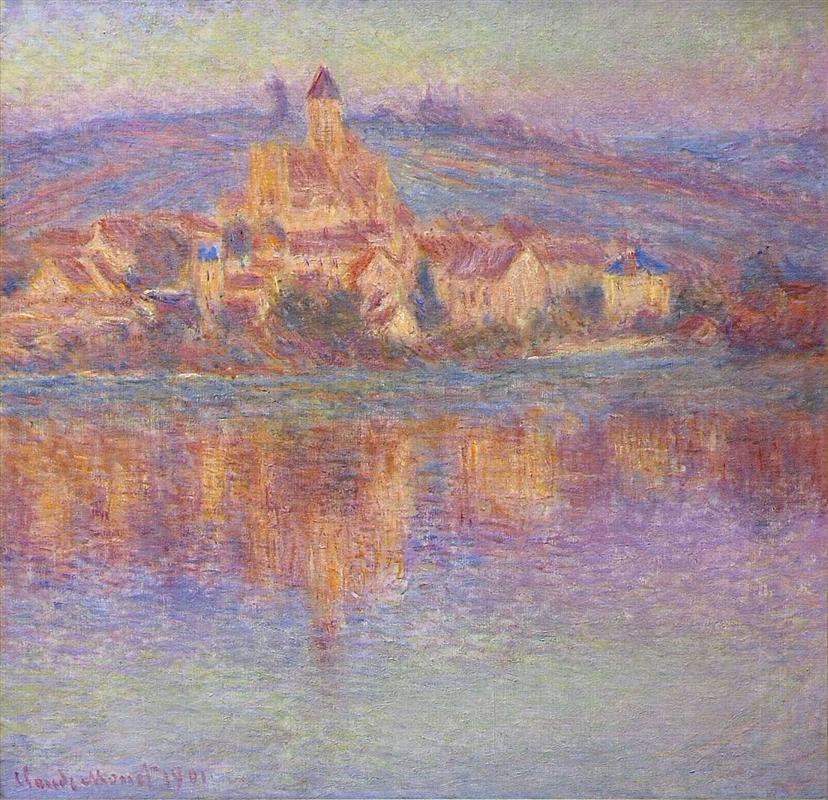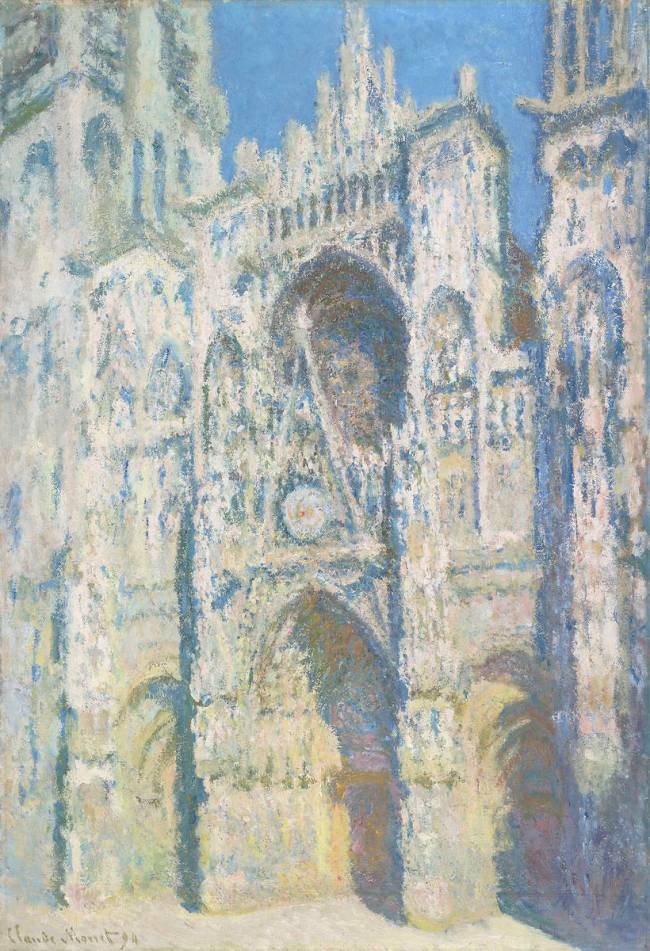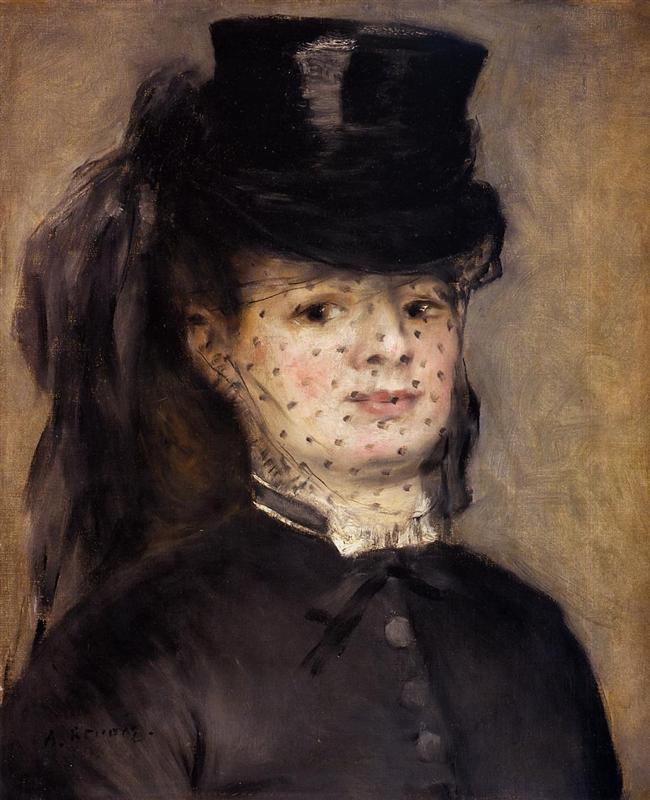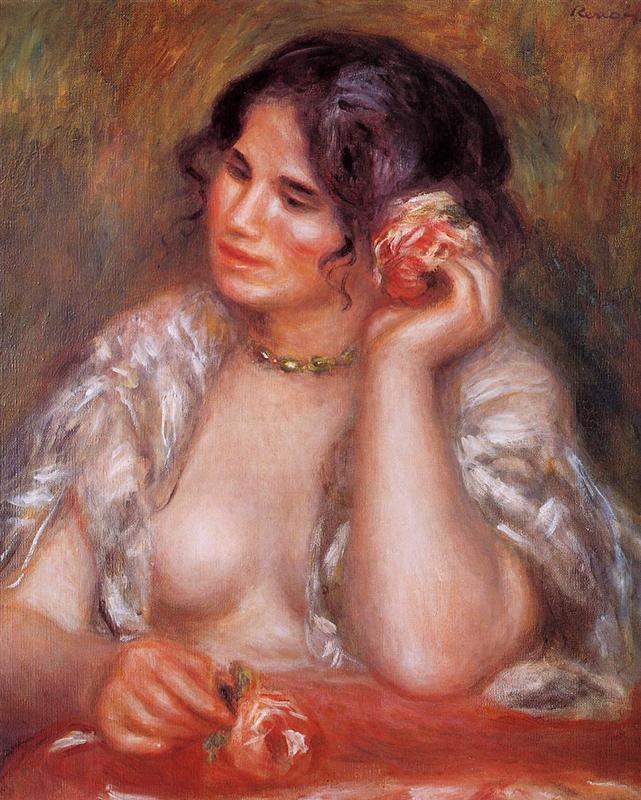Art Gallery of South Australia, Adelaide
29 March-29 July 2018
More than 65 Impressionist masterpieces from the renowned collection of the Musée d’Orsay in Paris feature in a major exhibition at the Art Gallery of South Australia.
Colours of Impressionism: Masterpieces from the Musée d’Orsay charts the revolution of colour that lies at the very heart of Impressionism and includes master works by Monet, Renoir, Manet, Morisot, Pissarro and Cézanne, among many others.
From the dark tones of Manet's Spanish-influenced paintings, to the rich green and blue hues of the French countryside as painted by Cézanne, Monet and Pissarro, to the rosy pigments of Renoir's and Morisot's female figures, the exhibition traces the development of colour in the Impressionists' radical reshaping of painting in the nineteenth century.
Boat In The Flood At Port-Marly by Alfred Sisley (1876
Although brightening the palette was the main concern of future Impressionists from the outset, the understanding and use of different colours evolved over time, according to the diverse experiences and intentions of the group of artists between the 1860s and 1910s.
The exhibitions seeks to clarify in which context and at the cost of which developments Impressionism appeared, by examining the shift from a style of painting where black prevailed to a style of painting that used lighter colours, with a particular focus on Manet and Boudin.

Claude Monet,
Vétheuil at Sunset© RMN-Grand Palais (Musée d'Orsay) / Hervé Lewandowski
It goes on to present the “historic” Impressionism of the 1870s and the first half of the 1880s, a time when experiments in terms of tones of white in snow paintings and harmonies of blue and green in seascapes landscapes came to dominate.
Lastly, after a careful examination of the question of Divisionism and the birth of Neo-Impressionism within the group’s last exhibition, it looks at the upsurge of a range of less realistic tones and more particularly the nuances of pink in Monet’s art, influenced by a style of painting where themes of idea and memory appear, as well as the pearlescent glow of female skin that triumphs in the works of Renoir.
Monet alone has 10 paintings on show, commanding a sixth of the exhibition. These include

La Pie (The Magpie);

Un Coin d’appartement (A Corner of the Apartment);
Le Bassin aux nympheas;

La Cathedrale de Rouen. Le portail et la tour Saint-Romain, plein soleil one of the Musee d’Orsay’s five versions of the Cathedrale de Rouen (Rouen Cathedral); and

Claude Monet. Le Bassin aux nymphéas, harmonie rose (Water Lily Pond, Pink Harmony)
1900. Oil on canvas. 90 x 100.5 cm. Bequest of Count Isaac de Camondo, 1911. RF 2005. Photo © RMN-Grand Palais (Musée d’Orsay)/Hervé Lewandowski

Madame Darras by Renoir

Gabrielle a la rose by Renoir
Curators
Marine Kisiel, curator at the Musée d'OrsayPaul Perrin, curator at the Musée d'Orsay

Clair de lune sur le port de Boulogne by Manet

La bouee rouge by Signac

Le berceau by Morisot
Le golfe de Marseille vu de l’Estaque by Cezanne
The exhibition will be staged in one of Australia’s few nineteenth-century gallery spaces. A fitting backdrop for Colours of Impressionism, the Elder Wing recalls the light-filled interior of the former train station that now houses the Musée d’Orsay on Paris’ Left Bank.
Organised by Musée d’Orsay, Art Exhibitions Australia and the Art Gallery of South Australia.
Nice review, lots of images
Comments
Post a Comment